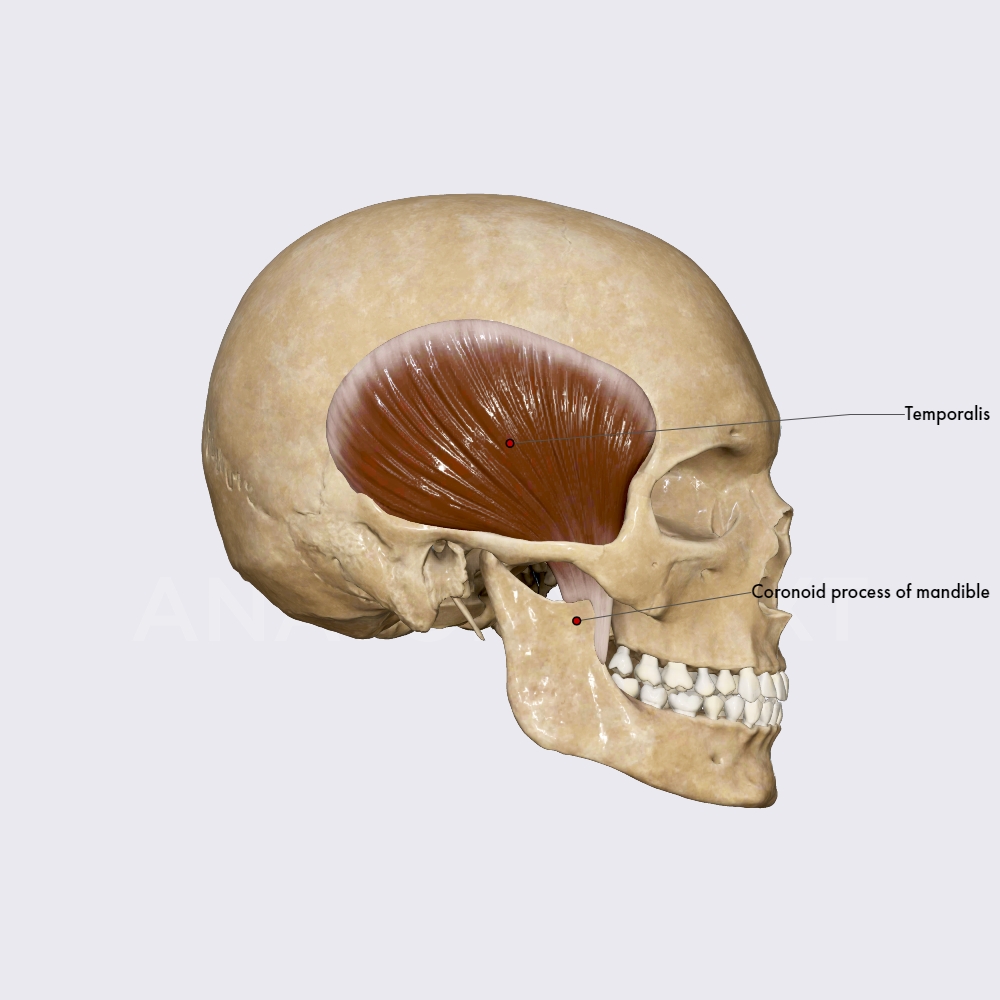Movements of the TMJ
Since the temporomandibular joint is unique and divided into two floors and the movements take place on both, this joint is known as a multi-axial joint. As mentioned before, the upper floor provides translational (gliding) movements, while the lower - rotational (hinge), therefore it is also known as a hinged sliding joint. The movements in this joint are provided by the help of muscles of mastication. Both mentioned type of movements happen simultaneously when opening and closing the jaw. The superior head of the lateral pterygoid allows modulating the position of the disc while closing the jaw as its fibers also insert into the disc and the capsule. In order to understand the functional dynamics of the dentition, it is crucial to understand the anatomy of the TMJ.
